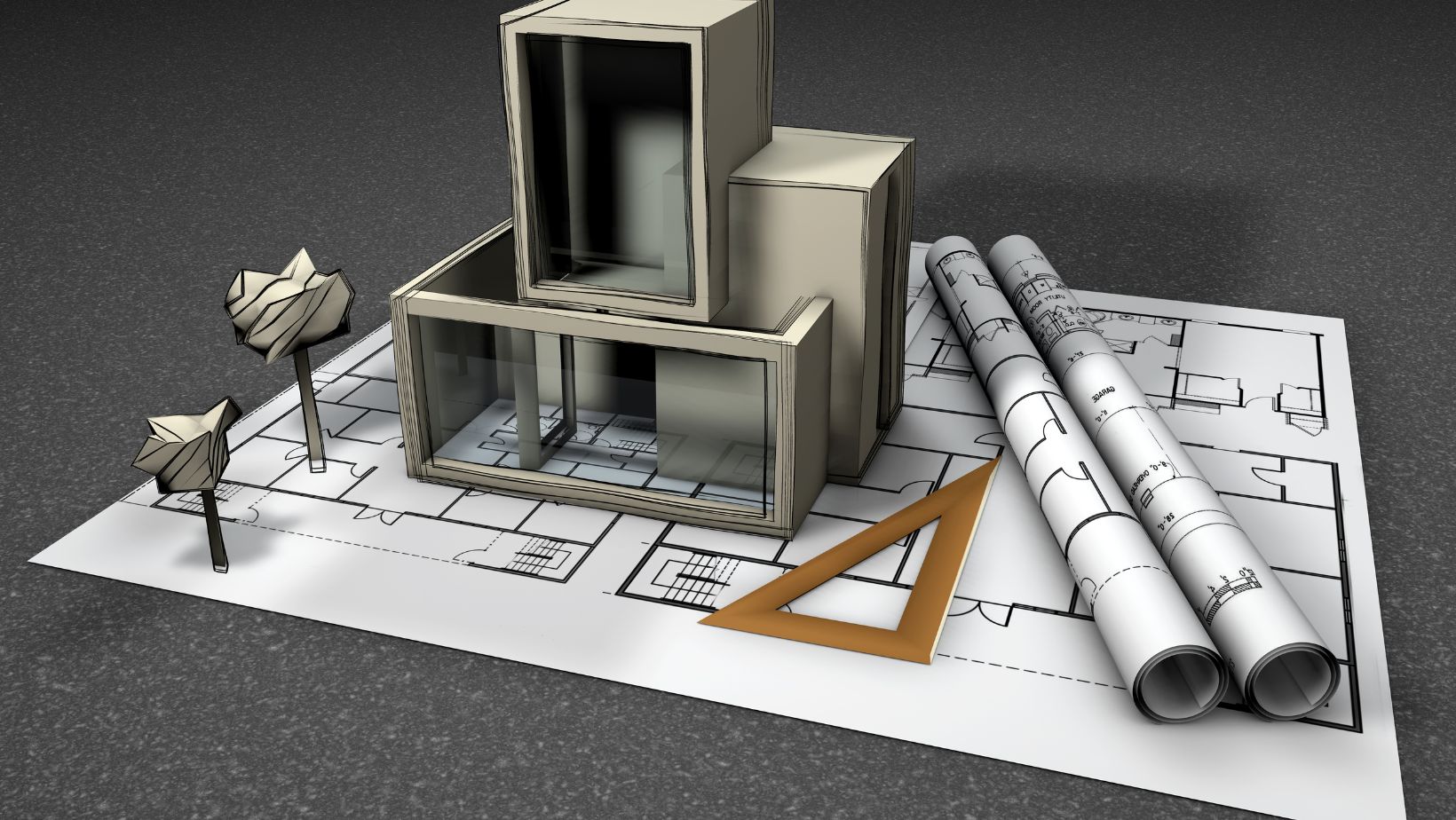In architectural discourse, the idea that space defines function has long evolved into a more nuanced dialogue—one where function can also define space. As contemporary living trends toward open-concept designs and spatial efficiency, the architectural act of zoning within a single room becomes both a challenge and an opportunity.
Zoning—without constructing physical barriers—is not merely an interior design trick; it’s an exercise in spatial intelligence. It draws on principles of circulation, hierarchy, scale, light, and materiality to create environments that are legible, purposeful, and humane.
Understanding Zoning as an Architectural Device
In architectural terms, zoning within a room is a strategy to establish programmatic identity and territorial differentiation.
In lieu of permanent partitions, the architect or designer manipulates elements such as:
● Spatial orientation and axis alignment
● Scale and proportion
● Surface articulation
● Material contrasts
● Lighting (both natural and artificial)
● Ceiling treatments and volumes
The objective is to generate spatial legibility—making clear what a space is intended for—while retaining openness, flow, and adaptability.
Design Tactics: Moving Beyond the Visual
While visual cues (like rugs or color) are commonly discussed in casual design blogs, an architectural approach to zoning interrogates the spatial logic and behavioral influence of form and function.
1. Programmatic Clustering
Organize activities based on intensity and compatibility. Quiet zones (sleep, work, reading) should be buffered from active zones (dining, exercise). This idea traces back to Louis Kahn’s distinction between “served” and “servant” spaces—where core functions are protected by transitional or buffer zones.
2. Manipulating Verticality
Changes in floor or ceiling level can signify spatial transition without walls. A raised platform for a sleeping area in a studio or a dropped ceiling with integrated lighting above a dining zone anchors the program volumetrically.
3. Circulation as a Zoning Tool
A well-defined path of movement through a space inherently creates zones. A diagonal axis may divide a room into two triangular territories, or a central path can bisect functional zones symmetrically. Zoning is not just where furniture sits—it’s how people move.
4. Light as a Spatial Signal
Le Corbusier once called light “the key to the universe.” In room zoning, directional or task-specific lighting can give architectural weight to different zones.
For instance, diffuse wall washing might signal a contemplative reading nook, while focused downlights create a precise dining space.
5. Material Transitions
Using tactile and tonal shifts in materials—wood to concrete, soft textile to hard tile—signals not just a change in surface, but in function. These transitions are subliminal yet powerful, creating thresholds without barriers.
Psychological Zoning: The Invisible Architecture
Cognitive mapping plays a crucial role in how people perceive spatial boundaries. Behavioral zoning can occur through:
● Routine-based spatial memory (e.g., using the same area for work reinforces its identity)
● Auditory cues (acoustic zoning through materials or soft dividers)
● Proxemics (how people naturally space themselves in environments)
Architects can manipulate these to reinforce how users interact with space without needing explicit demarcation.
Case Applications
• Studio Apartments & Micro-living
In high-density urban contexts, architecture often becomes about compression and clarity. Tokyo apartments, for example, exemplify zoning through hyper-efficient joinery, built-in furniture, and modular platforms—integrating movement and function in minimal square footage.
• Adaptive Reuse Projects
Warehouses and industrial lofts often rely on zoning to create human-scaled spaces within cavernous volumes. Partial-height walls, hanging volumes, and interstitial mezzanines allow space to be both divided and connected.
• Educational and Co-working Environments
Designing collaborative zones versus focus zones in one large room calls for zoning based on acoustics, sightlines, and affordances.
Herman Hertzberger’s concept of “in-between spaces” is often used here—blurred thresholds that invite interaction without eliminating boundaries.
Testing Layouts with Digital Tools
While theoretical understanding is critical, iterative spatial testing is where zoning takes form. Advanced room planner allows designers and students to experiment with plan layout, furniture placement, and circulation paths in a low-stakes, high-fidelity environment. Though often used casually, these tools can also support early schematic design studies before transitioning to BIM or CAD environments.
Conclusion: Zoning as Architectural Narrative
To zone a room is to write a spatial narrative—one where function, material, light, and form collaborate to tell a clear, legible story without dividing the room into fragments. It’s not just design; it’s architecture at the human scale.
As our environments become more fluid, the skill of intelligent zoning becomes not just useful, but essential. It asks the designer not what space is, but what space can become.




More Stories
What Is The Ideal Humidity Inside A Home
Hygge Interior Design: Creating Comfort and Coziness in Your Home
Inside The Home Alone House: A Sneak Peek into Christmas Nostalgia